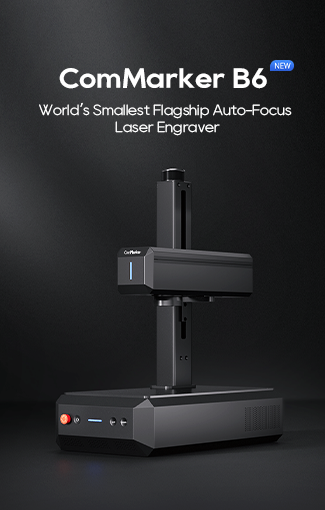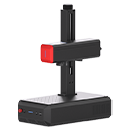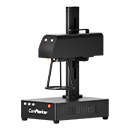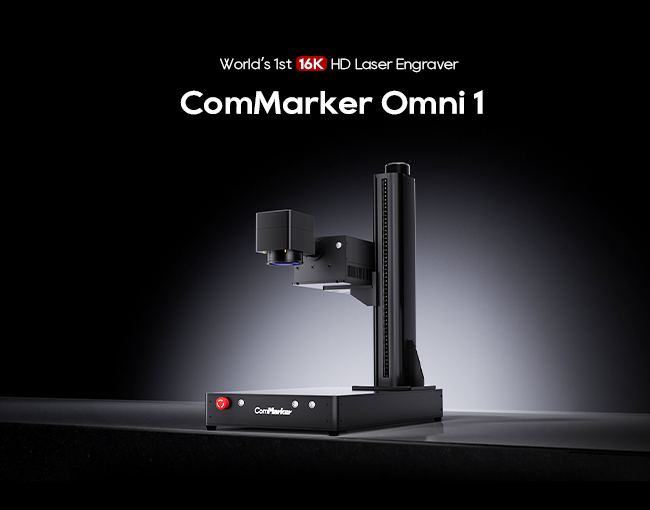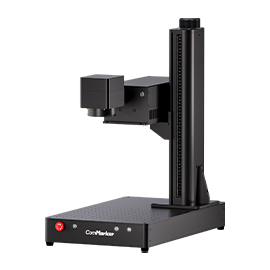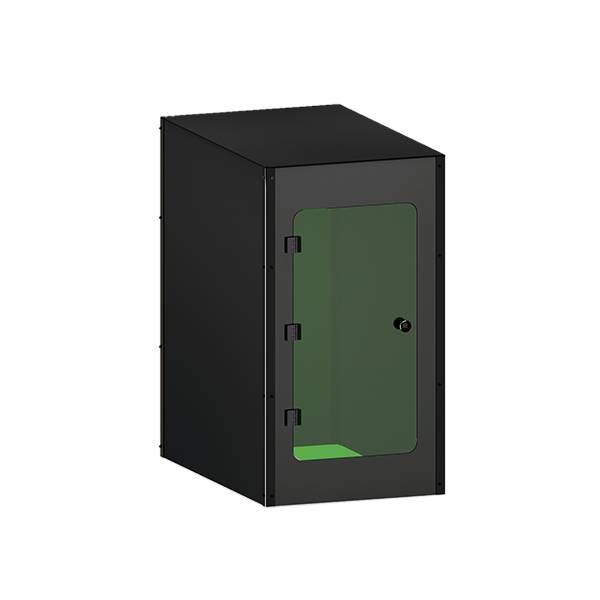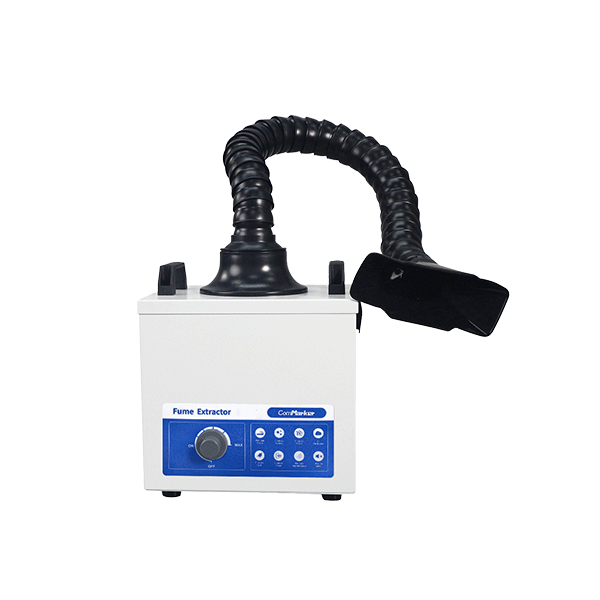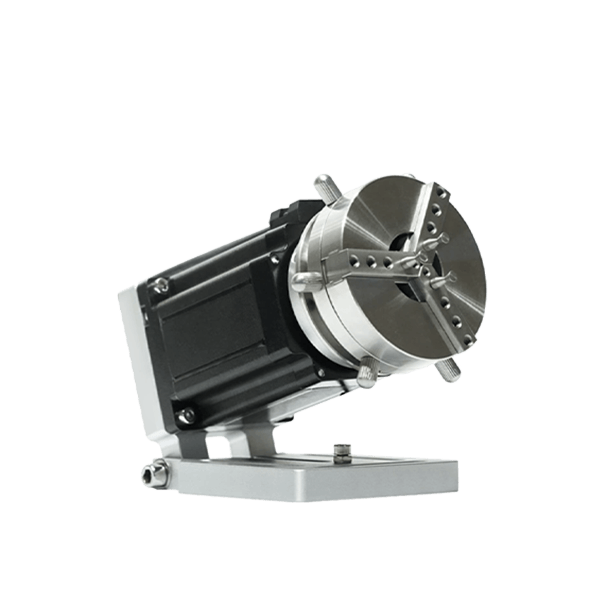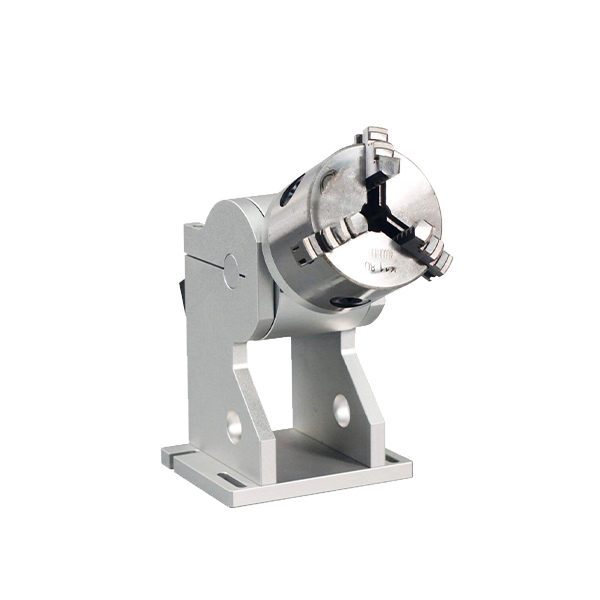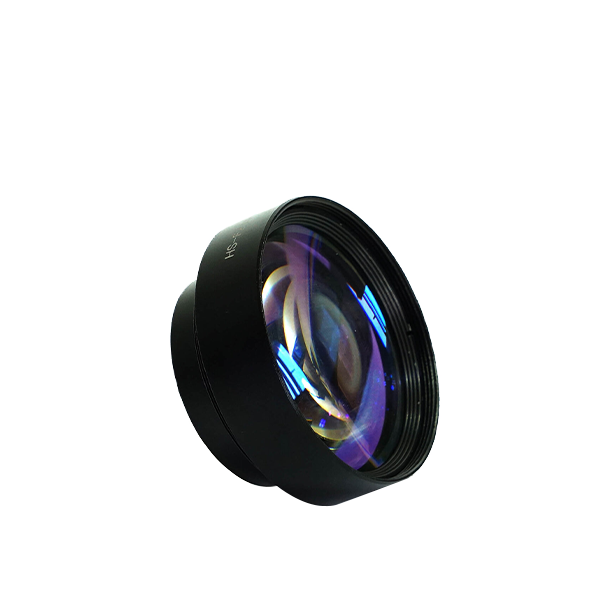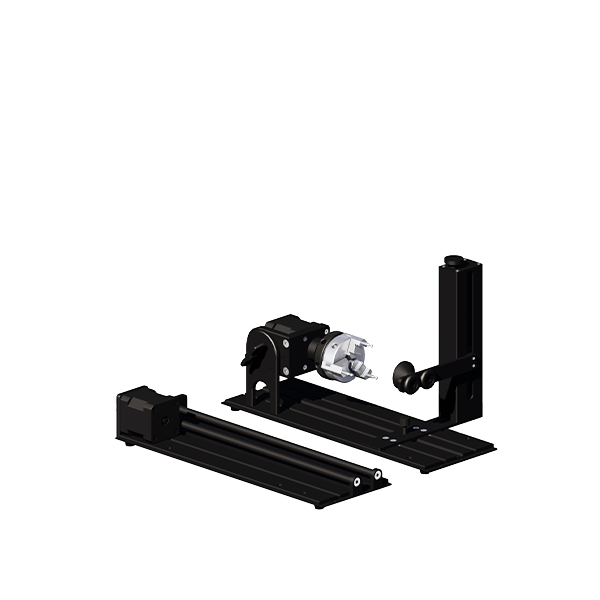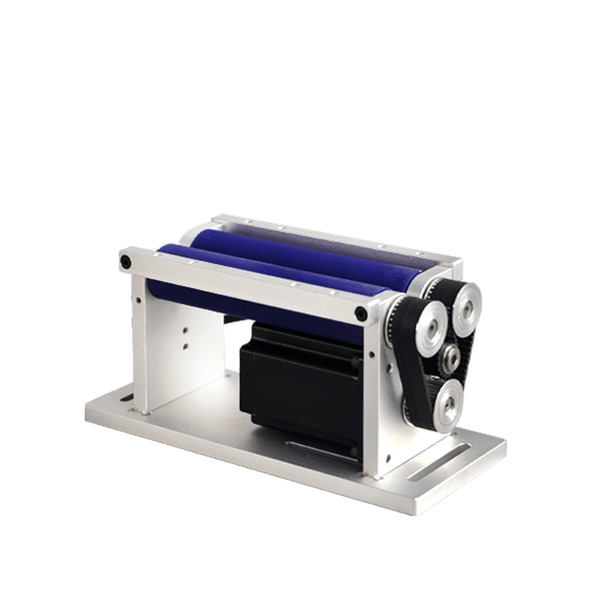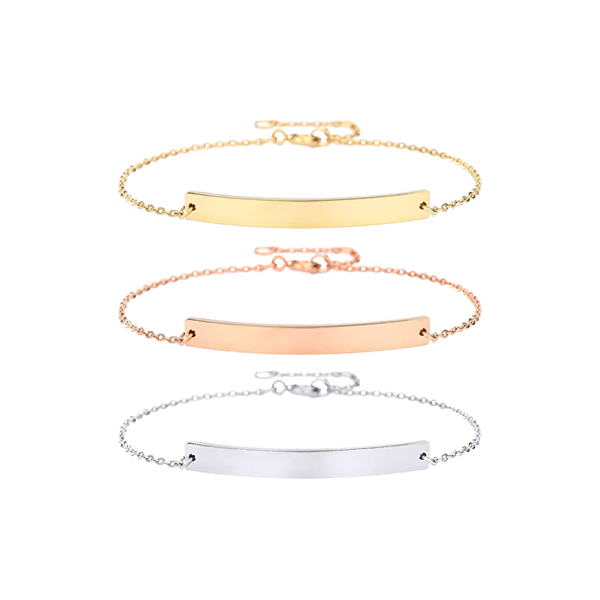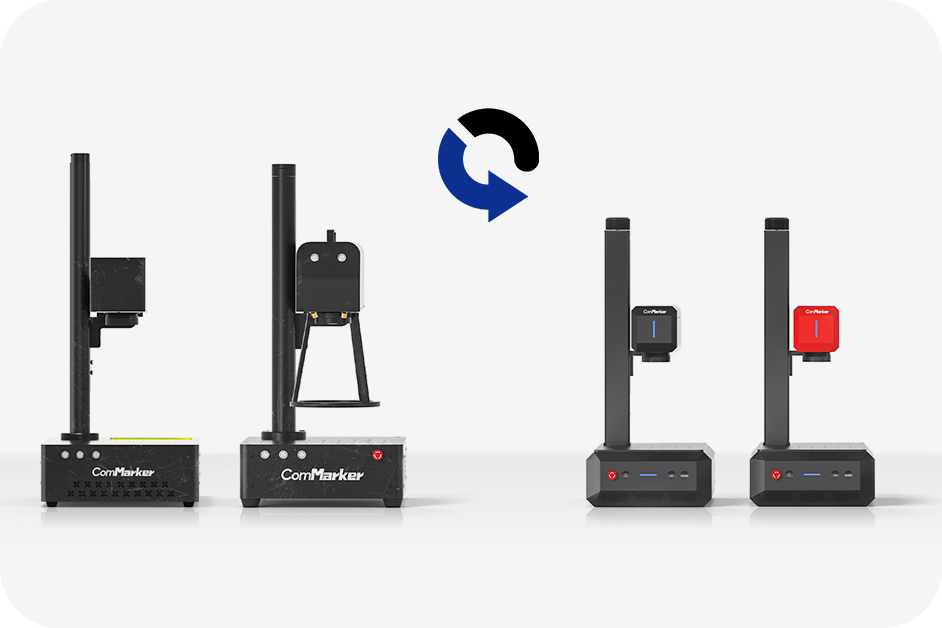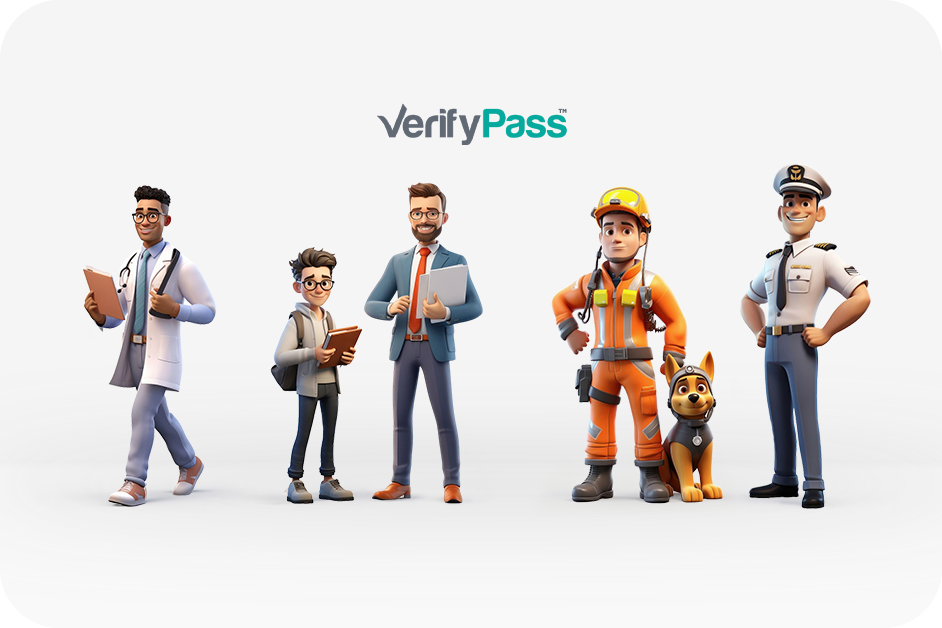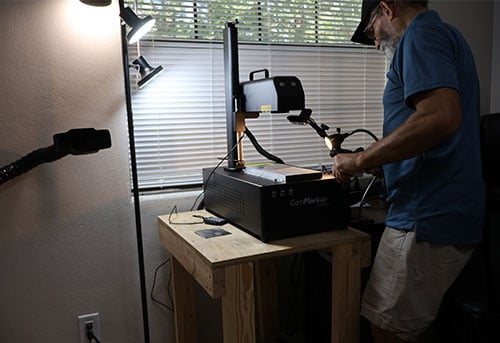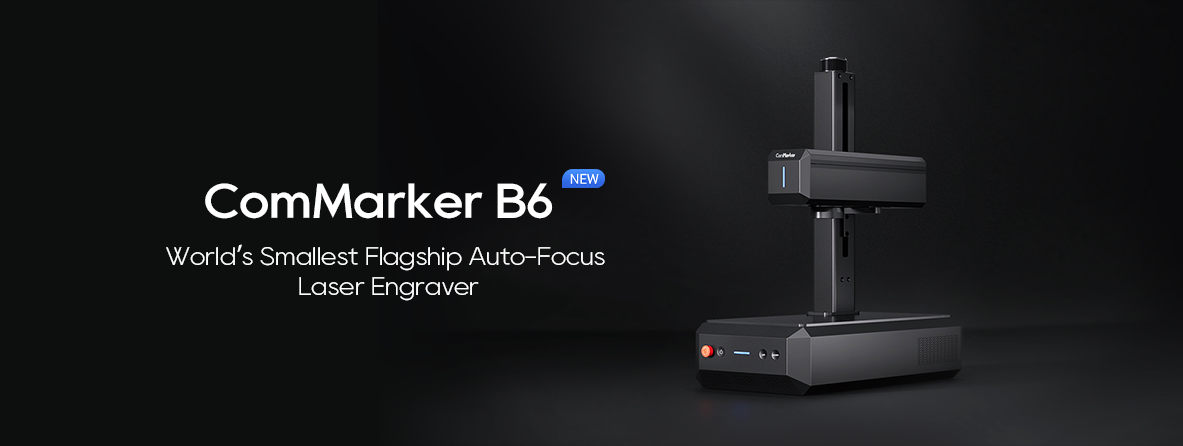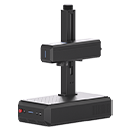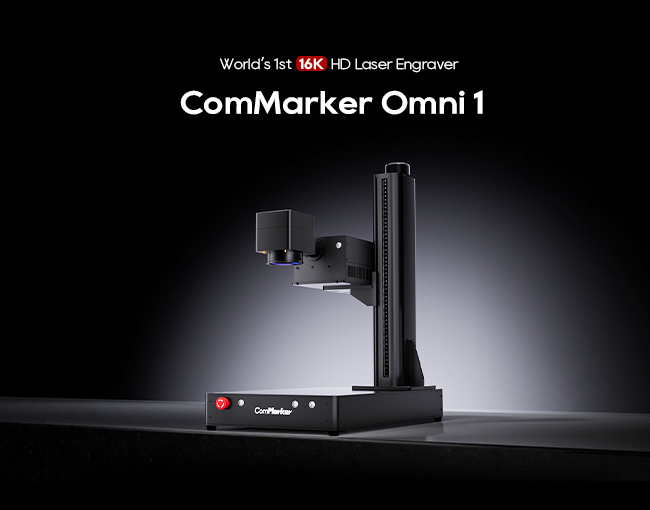Laser engraving machines have revolutionized the way we personalize and design products, offering precision and versatility. If you’re new to laser engraving, this guide will walk you through everything from understanding the different types of laser engravers to setting them up for your first project.
1. Getting to Know Your Laser Engraving Machine
1.1 Types of Laser Engraving Machines
There are three primary types of laser engravers:
- CO2 Laser Engraving Machines
- Fiber Laser Engraving Machines
- UV Laser Engraving Machines
Each type is suited for specific materials and engraving styles, so it’s essential to understand the differences.
1.2 How Laser Engraving Works
Laser engraving involves directing a concentrated beam of light onto a surface, vaporizing part of it to create an image or design. The depth and clarity of the engraving depend on factors like laser power, speed, and focus.
2. Choosing the Right Laser Engraving Machine for Your Project
2.1 CO2 Laser Engraving Machines
CO2 lasers are the most common and versatile. They excel at engraving non-metal materials such as:
- Wood
- Acrylic
- Glass
- Leather
Key Features:
- Powerful: Can cut and engrave a wide variety of materials.
- Affordable: Great entry point for beginners.
2.2 Fiber Laser Engraving Machines
Fiber lasers are best for engraving metals and high-density materials like:
- Stainless Steel
- Aluminum
- Titanium
Key Features:
- Precision: Ideal for intricate designs on metals.
- Long-lasting: Fiber lasers have a long operational life and require little maintenance.
2.3 UV Laser Engraving Machines
UV lasers offer “cold engraving,” making them perfect for delicate materials like:
- Glass
- Plastic
- Textiles
- Ceramics
Key Features:
- Non-destructive: No heat damage to materials.
- High precision: Excellent for fine details and sensitive materials.
3. Setting Up Your Laser Engraving Machine
3.1 Basic Setup
Once you’ve selected your laser engraver, setting it up involves connecting it to a computer, installing software, and preparing the engraving area.
3.2 Safety First
Before you start engraving, always wear protective gear, particularly safety glasses, and ensure proper ventilation to avoid fumes from materials like acrylic or leather.
3.3 Design Software
Most laser engraving machines use software to control the machine and design engravings. Popular options include:
- LightBurn
- EzCad
- Inkscape
4. Creating Your First Design
4.1 Choosing Your Material
Select the material you want to engrave on, whether it’s wood, metal, or plastic. Make sure your material is compatible with the type of laser engraver you’re using.
4.2 Preparing the Design
Design your project using software. For beginners, keep the design simple. More complex designs can be tackled as you gain experience.
4.3 Adjusting Settings
The key to success in laser engraving lies in the settings:
- Power: Higher power settings cut deeper.
- Speed: Slower speeds lead to more intense engraving.
- Focus: Proper focus ensures clean lines and details.
Always perform a test on scrap material to ensure you have the correct settings.
5. Mastering Laser Engraving Techniques
5.1 Understanding Depth
Depth control is crucial in engraving. You can achieve shallow or deep engravings based on your project’s needs.
5.2 Layering Techniques
Many projects use multiple layers to create depth. This is especially useful in designs that require both shallow and deep engravings.
5.3 Combining Effects
For artistic projects, you can combine laser engraving with other effects like gradient fills, textures, and dithering to create visually stunning pieces.
6. Advanced Techniques: UV Laser Engraving
6.1 How UV Laser Engraving Works
UV lasers use short wavelengths to engrave without generating heat. This makes them ideal for sensitive materials like glass and plastic.
6.2 Common Applications for UV Laser Engraving
UV lasers are used in industries requiring precision, including:
- Medical equipment engraving
- Electronics marking
- Glass customization
6.3 Setting Up UV Laser Engravers
Ensure that the laser settings are fine-tuned for delicate materials. UV lasers typically require lower power and higher precision.
7. Troubleshooting and Maintenance
7.1 Common Issues
Beginners often encounter issues like uneven engraving, material burnout, or misaligned designs. These can usually be corrected by adjusting power, speed, and focus settings.
7.2 Regular Maintenance
Keep your laser engraver in top shape by:
- Cleaning the lens regularly.
- Ensuring proper alignment of the laser head.
- Replacing any worn-out parts.
8. Laser Engraving Business Ideas
8.1 Crafting and Art
Laser engraving offers vast opportunities for creating personalized gifts, artwork, and custom designs.
8.2 Industrial Applications
In industries, laser engravers are used for marking tools, machinery, and parts with precision.
8.3 Monetizing Your Laser Engraver
With the rise of e-commerce, laser engraving businesses have become profitable ventures. You can offer services such as:
- Custom engraving for weddings and events.
- Engraving logos on corporate merchandise.
- Creating personalized home décor items.
9. Frequently Asked Questions (FAQ)
9.1 Is it hard to learn laser engraving?
Not at all! With practice and attention to detail, laser engraving is an accessible skill for beginners.
9.2 What materials can I engrave with a laser machine?
Depending on the type of laser you have, you can engrave wood, glass, acrylic, metal, leather, and more.
9.3 How long do laser engravers last?
CO2 and fiber laser engravers typically last several years with proper maintenance, while UV lasers are known for their durability as well.
Learning how to use a laser engraving machine opens up countless creative and practical possibilities. Whether you’re customizing a wooden plaque, engraving metal jewelry, or creating fine details on glass with a UV laser, the key to success is mastering the machine’s settings and techniques. By understanding your laser’s strengths and practicing on different materials, you’ll be well on your way to becoming a skilled engraver.




